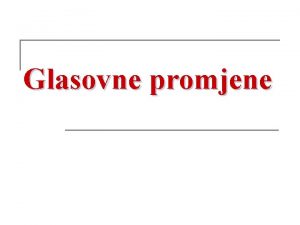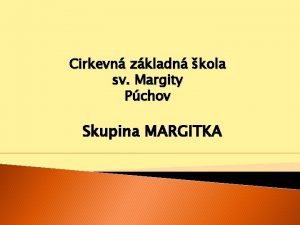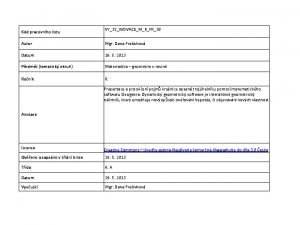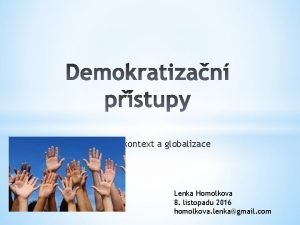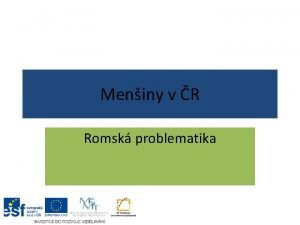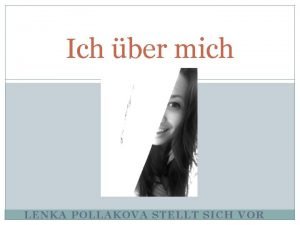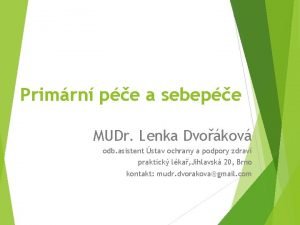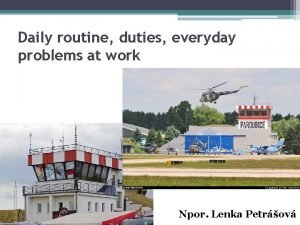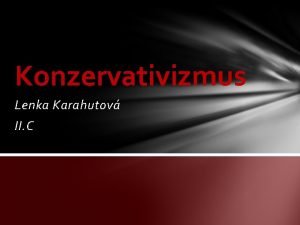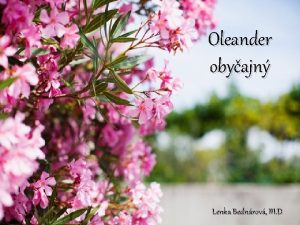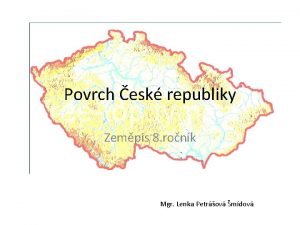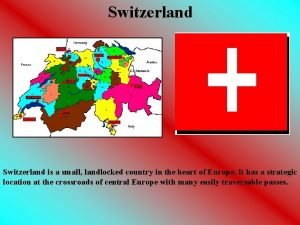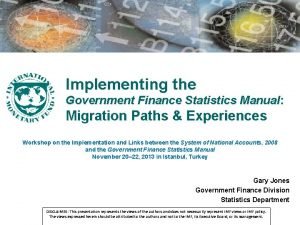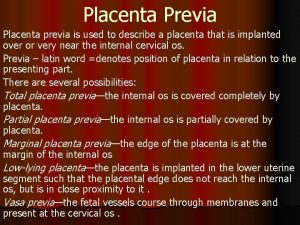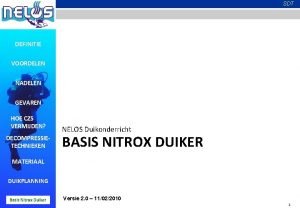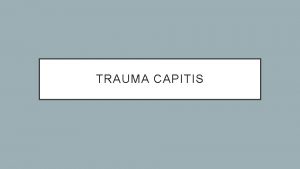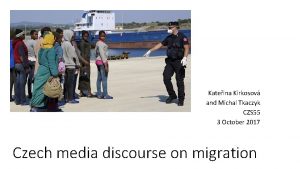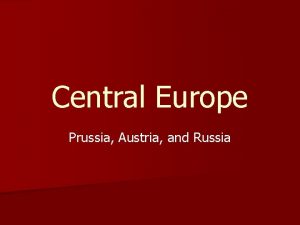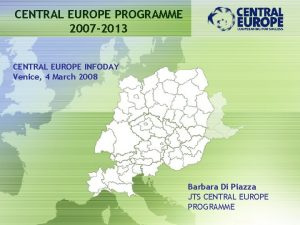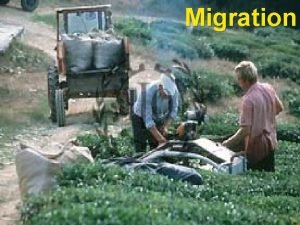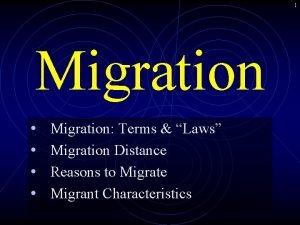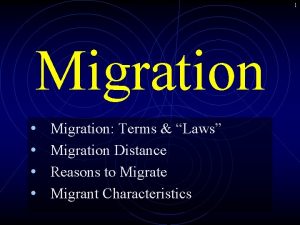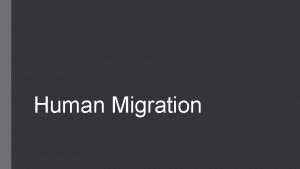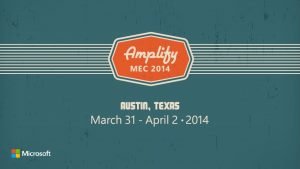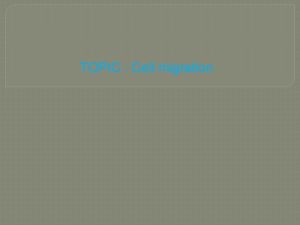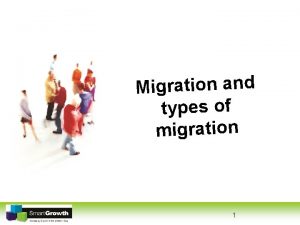Migration in Central Europe Lenka Kissov CZS 55
















- Slides: 16

Migration in Central Europe Lenka Kissová CZS 55 Wednesday 26 September 2018

What do you know about migration? Have you ever been a migrant? “We live in period of unprecedented migration”


https: //www. youtube. com/watch? v=CJd. T 6 Qc. Sb. Q 0

Migration theories -theories explaining international migration (contribution of geographers, demographers, historians, economists, sociologists, political scientists) -micro, -meso, -macro level

-Ravenstein (19 th century, geographer) → earliest systematic approach -formulation of statistical laws of migration -emphasis on tendency of people to move from densely to sparsely populated areas; or from low- to high-income areas; or link migration to fluctuations in business cycle (Castels & Miller 1993) → “push-pull theories” (causes of migration = combination of push and pull factors) -individualistic, ahistorical (individual decision based on rational choice, rational cost-benefit comparison) -common features with neo-classical theories of labour market (migration is a result of individual’s maximised utility

-importance of prior links → macro: colonisation (past historical development), political influence, trade, cultural ties micro & meso: family and social network(s), social capital, cultural capital (knowledge of other countries, capabilities for organising travel, finding work) -interaction of micro- (networks, beliefs, opportunities, choices of migrants themselves) and macro-structures (large scale institutional factors such as political economy, migration policies, inter-state relations, laws, structures and practices in countries (including integration, control, regulation))

Four-stage model 1. temporary labour migration of young workers, remittance 2. prolonging of stay, development of social networks, mutual help 3. family reunion, long-term settlement, emergence of ethnic communities 4. permanent settlement, inclusion/exlcusion -all types of population movement (economic, political, temporary, permanent) are symptomatic of modernisation and globalisation (disruption and redefinition of forms of production, family, gender roles, social relations, states)

Migration in the Czech Republic foreigner = migrant (= non-CZ-national, non-EU-national) Migration policy = immigration + integration + asylum Migrant ≠ national minority member (Acts No. 273/2001 on rights of members of national minorities and amendment of some Acts) Ministry of Interior

Migration in Central Europe - homogeneous countries - most of their history → countries of origin (more emigration) - lower numbers of immigrants CZ – 4, 5% HU – 3, 23% SK – 1, 8% PL – 0, 8%

After 1918 First Czechoslovak Republic → ethnically mixed Czech + Slovak (majority nations) German minority (3 mil. ) Ruthenians, Hungarians, Jews, Poles Increase in migration and asylums T. G. Masaryk (Minister of Foreign Affairs) → established a Refugee Assistance Fund

World War II forced migration Persecution Deportations Removal of German Czechs/Czech Germans Jews, Germans, Roma, Slavs (? )

1948 -1989 homogenization of the society → eradication of the cultural diversity students and workers were coming (from Arab, African countries, Vietnam) political migrants (Greek political refugees) internal migration – Roma workers from Slovakia emigration → many people left CSSR (US, Canada) discourse (paradox) - “our good” refugees vs. “incoming bad” refugees

Share of non-nationals in the resident population

Numbers

https: //www. youtube. com/watch? v=umqv. Yhb 3 wf 4

